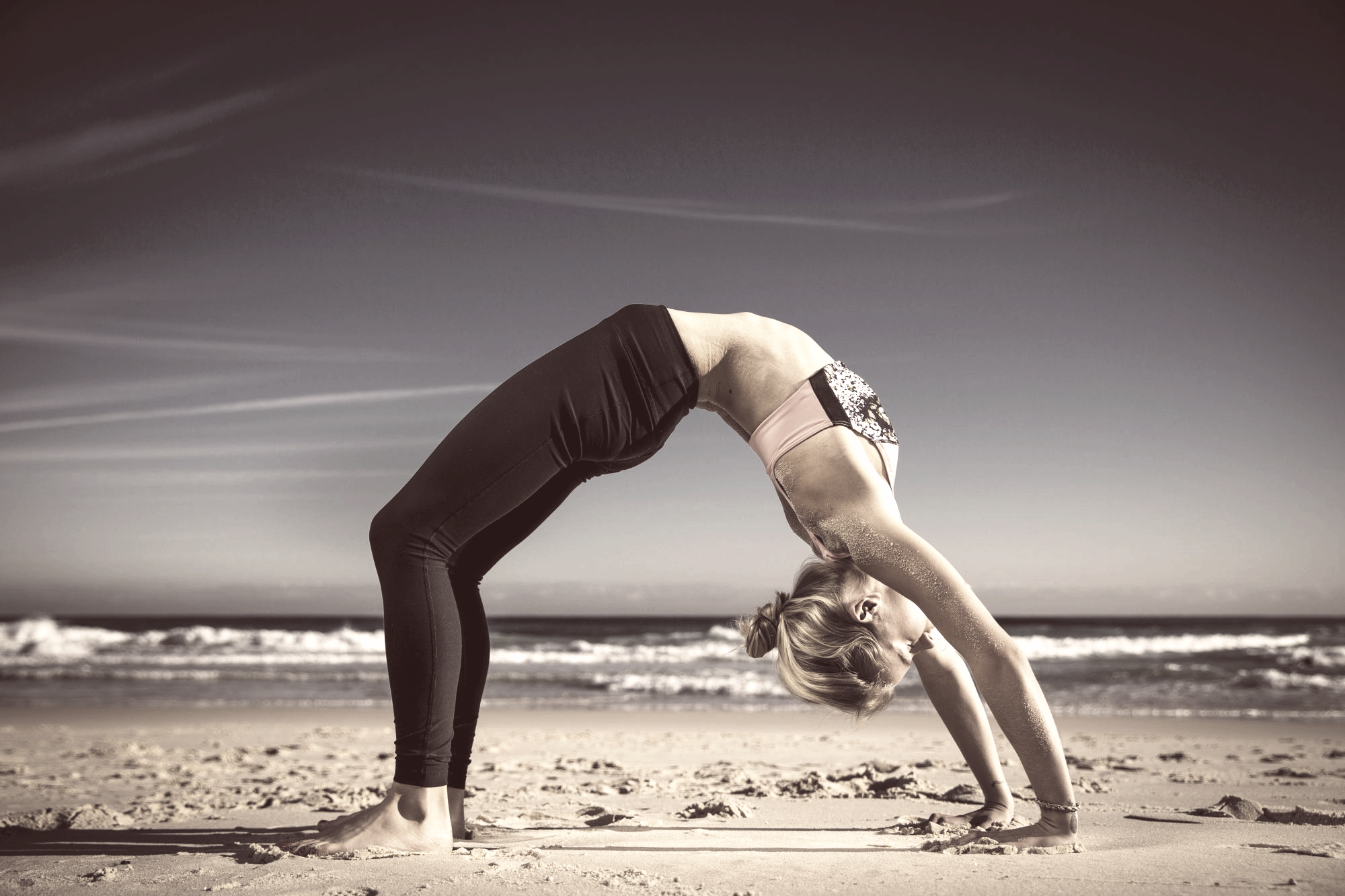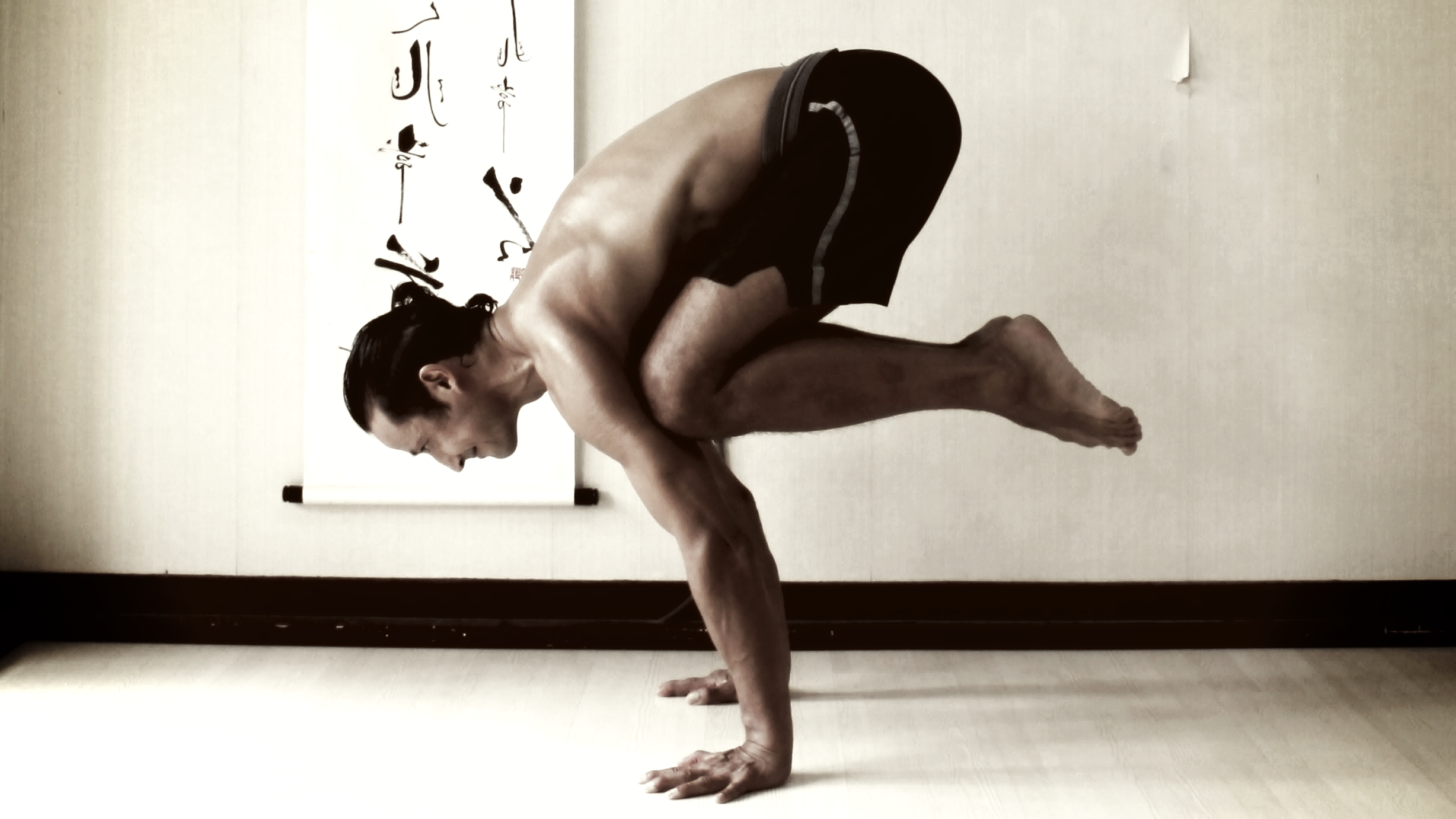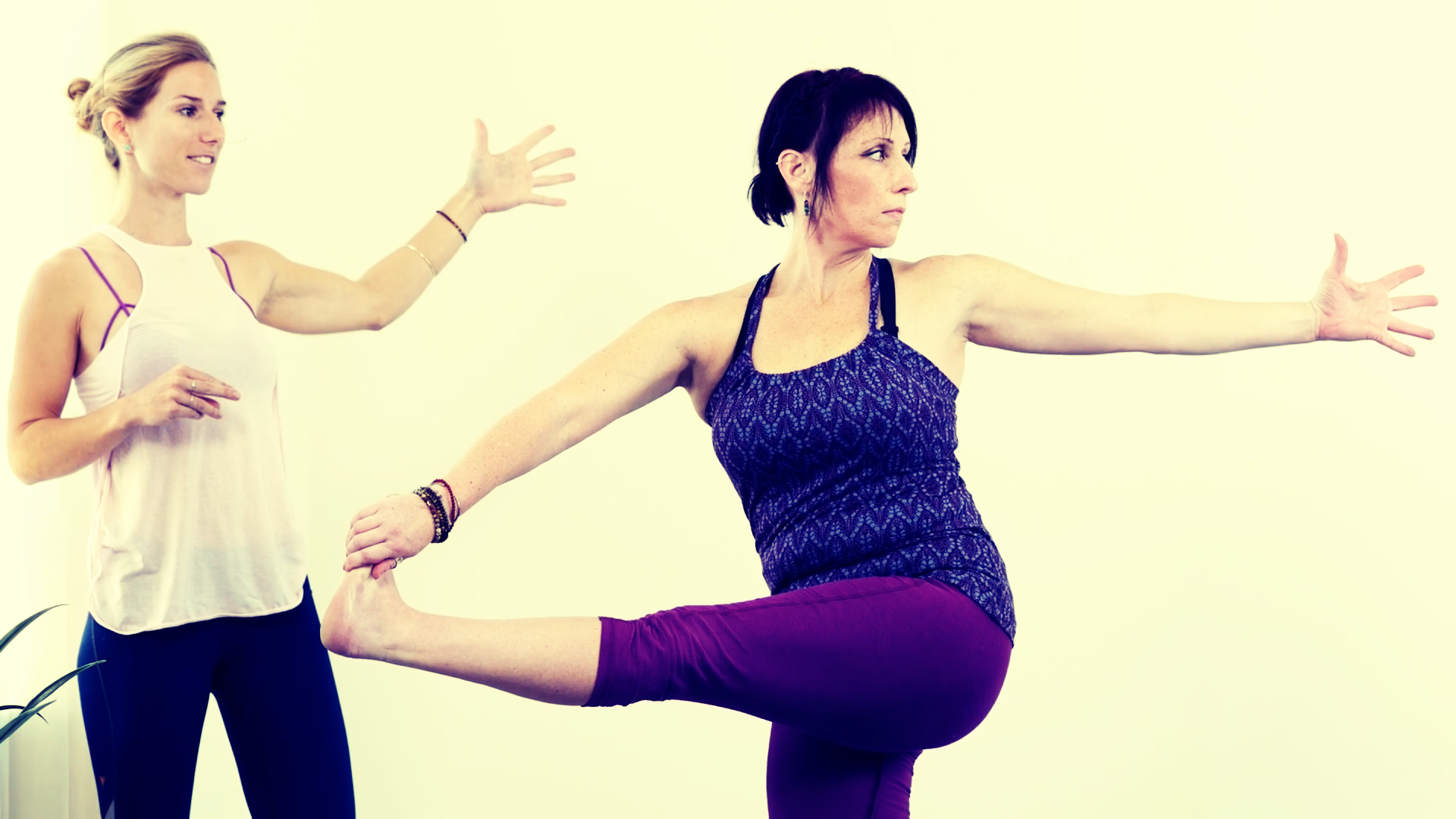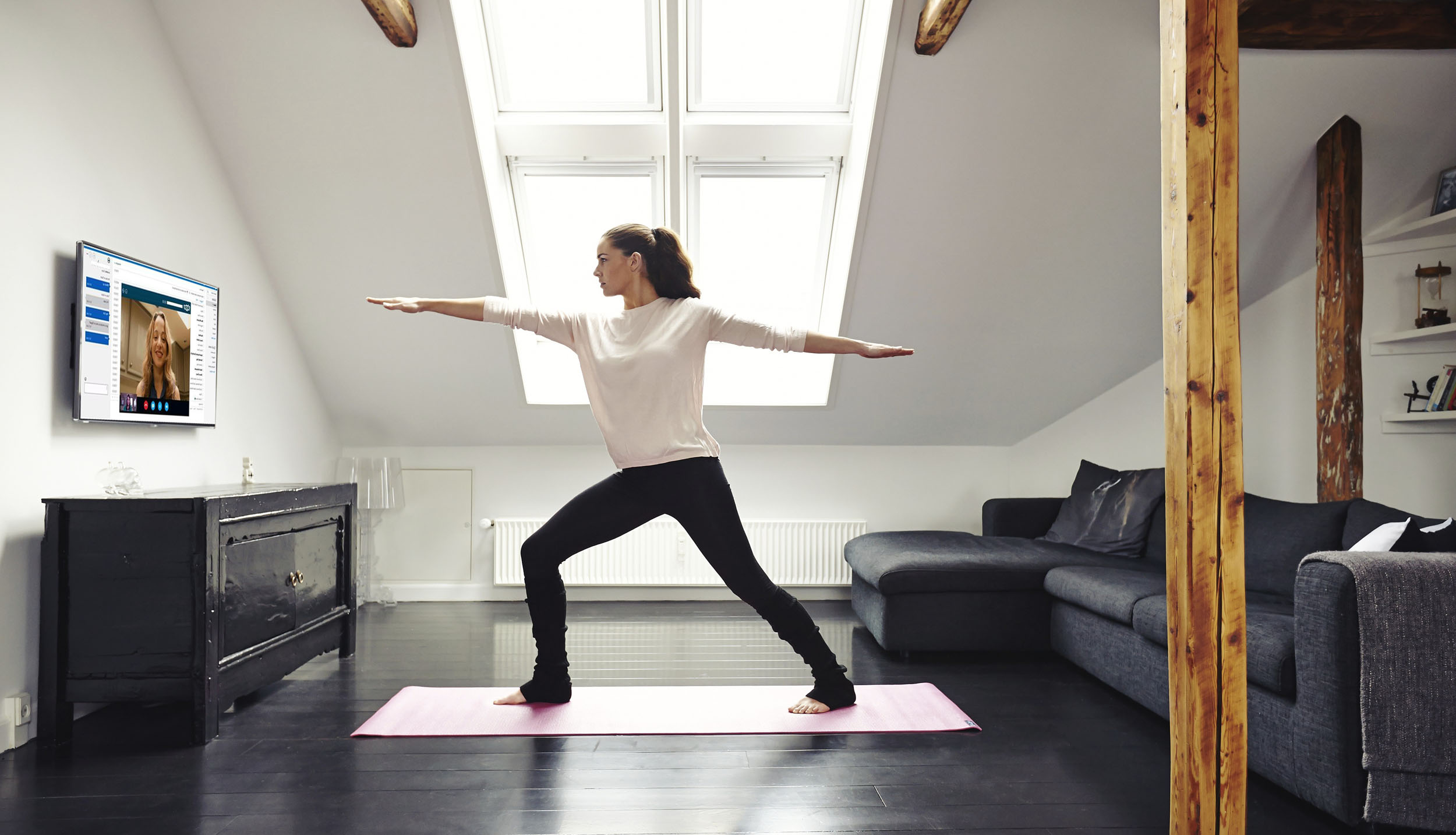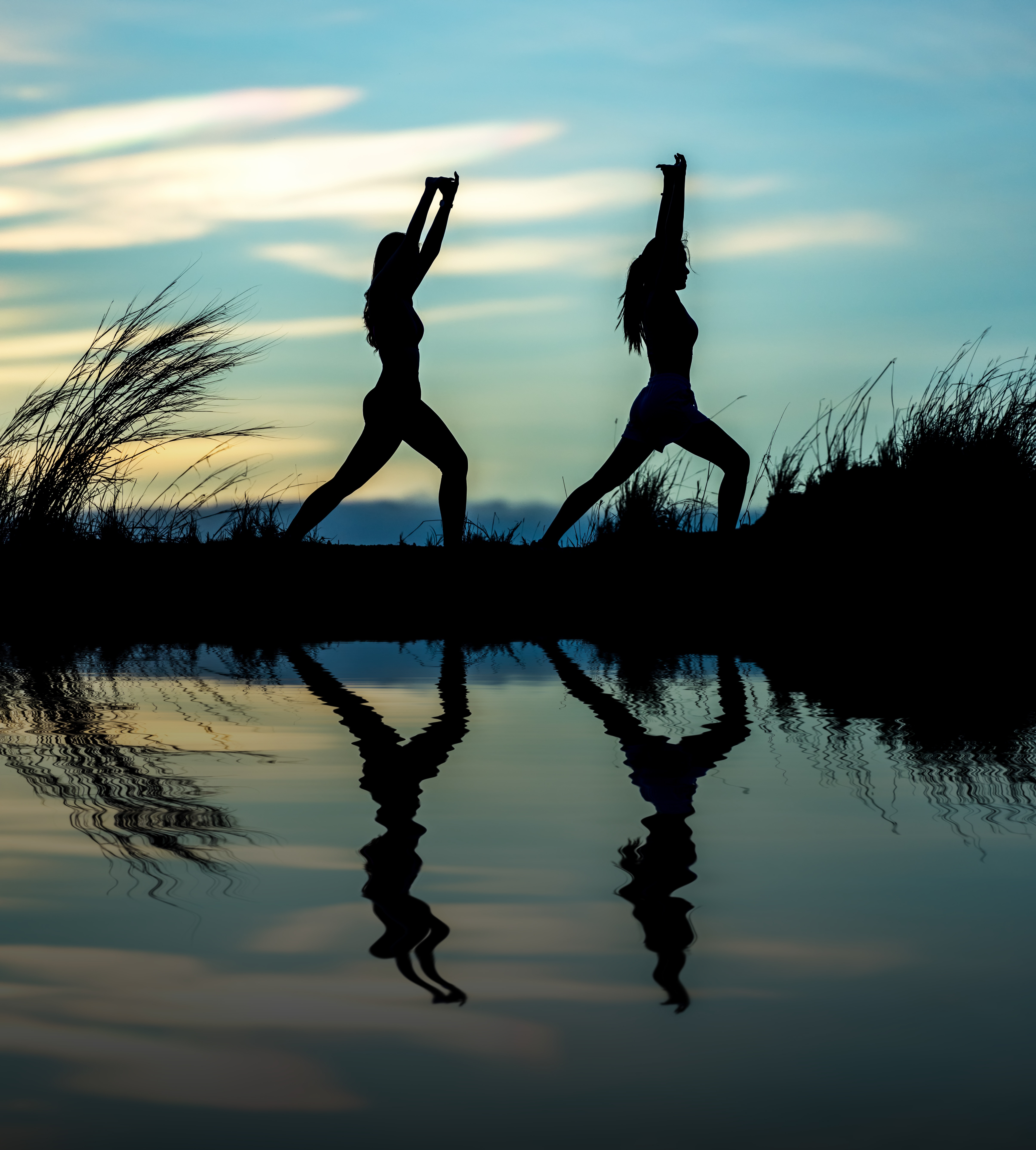If you suffer from seasonal depression yoga could make a real difference. Recent studies have found that having PMS makes a person more likely to have seasonal affective disorder, or SAD, and good evidence exists that yoga can help minimize the effects of PMS. Unfortunately, little research has been done so far on how yoga affects SAD. So if you struggle to keep your energy up and your mood positive in the winter, yoga may be a doubly effective remedy.
Why is it that winter is so hard to take? Researchers don’t fully understand the reasons, but it’s thought that some people’s bodies can’t properly adjust their internal clocks to winter’s shorter days. In particular, the trouble may lie with the body’s increased production of melatonin, which helps us feel sleepy, or its decreased production of serotonin, a neurotransmitter that’s thought to contribute to feelings of well-being.
Yoga may work by affecting the level of serotonin in the body, says Timothy McCall, MD, Yoga Journal‘s medical editor aIn his book he cites research showing that people suffering from depression who did yoga experienced an increase in serotonin and became more sociable. Though the study wasn’t focused on SAD, McCall does say that things that work for other kinds of depression are likely to work for SAD.
Looking After your Wellbeing
However yoga affects the body, it also teaches you about the workings of your “monkey mind.” In particular, you learn how to handle dark feelings that might otherwise overwhelm you.
“Learning to witness your feelings without getting wrapped up in negativity is a big part of yoga,” says Lee. “And yogic mantras can help people focus on the positive. Both are important.”
Hahn concurs. “Yoga connects my mind and body,” she says. “It gets the two working together and makes it easier for me to control a lot of the physical manifestations of my depression.”
Whatever you choose, McCall suggests practicing at least a few minutes each day. One key finding of the research he cites in Yoga as Medicine is that yoga’s effects appear slowly but are long lasting.
“You change brain architecture by repeating actions again and again, which strengthens the links between brain cells,” he explains. “The best way to forge and strengthen new neural pathways is to practice every day. It can be as little as 5 to 10 minutes, though you’re likely to get greater benefit if you do more. So I’d say start with a small amount and, if you can maintain it, increase slowly over time.”
With any luck, you’ll feel energy bubbling up from within and be ready to face your day, clouds and all.
Let the Sun Shine In  Need more help with SAD and PMS? Consider these suggestions:
Need more help with SAD and PMS? Consider these suggestions:
Light Therapy
The best-studied treatment for SAD, light therapy, is also effective for women suffering from the more severe form of PMS, premenstrual dysphoric disorder (PMDD). Light therapy inhibits production of daytime melatonin in people with SAD and improves PMDD-related mood problems. You don’t need a prescription to buy a light box. Studies differ on whether it’s best to use one in the morning or at night; experiment to find out what works best for you.
St. John’s Wort
This herbal antidepressant can be helpful for both PMS and SAD. Dosage recommendations are 300 mg, three times a day. But beware: St. John’s Wort can interact with medications, including birth control pills, conventional antidepressants, and anti-HIV medications.
Vitamin D
While research has produced conflicting results, some studies have found that taking vitamin D, which our bodies naturally produce in the sun and which drops during the winter, may help ease SAD. The maximum dose is 2,000 IU per day in winter.



